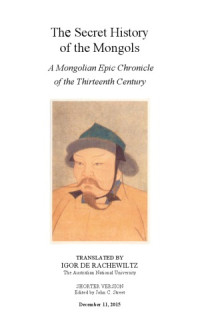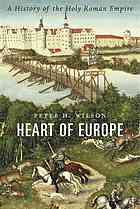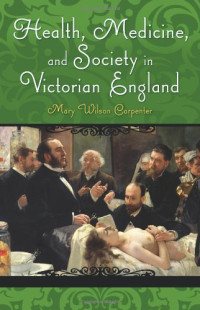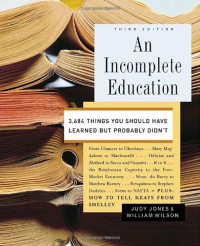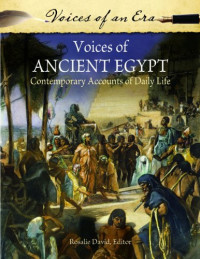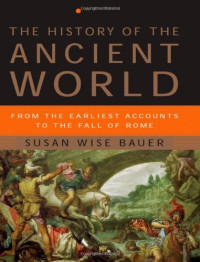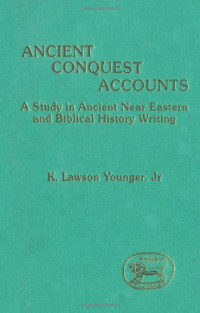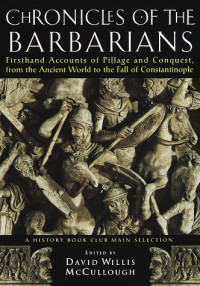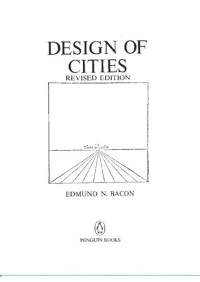
The secret history of the Mongols. The life and times of Chingghis Khan
Urgunge Onon.
London & New York: Routledge Curzon Press, 2005. — vi; 300 p. ISBN 0-203-98876-0 (Master e-book); ISBN 0-7007-1335-2 (Print Edition)The East has known only three great men. Sakyamuni was born a prince around 500 BC in what is now Nepal. Distressed by human suffering, he left his family, achieved enlightenment through meditation, and became the Buddha. According to his teachings, life is painful, the origin of pain is desire, the end of pain can be achieved by ending desire, and the way to this is through right living. This philosophy of ‘cause and effect’ spread northwards into Tibet, where it absorbed the popular Bon religion and changed greatly in nature. The resulting synthesis, known as Lamaism, can be criticised as passive and fatalistic. Lamaism became popular among the Mongols during the reign of Qubilai Qahan (1215–1294). Mongol society developed in three stages. It rose on the basis of a hunting economy in the forest regions to the north of the Mongol heartland. During this period was created the title mergen, meaning ‘a good hunter’ or ‘an intelligent person’. When the Mongols emerged from the forests, they created a new title, ba’atur,or ‘hero’, which shows that the distinct Mongol tribes of the day were at war with one another and were probably engaged in a nomadic way of life. Around the eighth century, two new titles appeared: noyan, meaning ‘lord’, and qan, usually transcribed in English as ‘khan’.
Catégories:
Langue:
english
ISBN 10:
0700713352
ISBN 13:
9780700713356
Fichier:
PDF, 1.81 MB
IPFS:
,
english0
 Amazon
Amazon  Barnes & Noble
Barnes & Noble  Bookshop.org
Bookshop.org  Convertissez des fichiers
Convertissez des fichiers Plus de résultats de recherche
Plus de résultats de recherche Autres avantages
Autres avantages 
